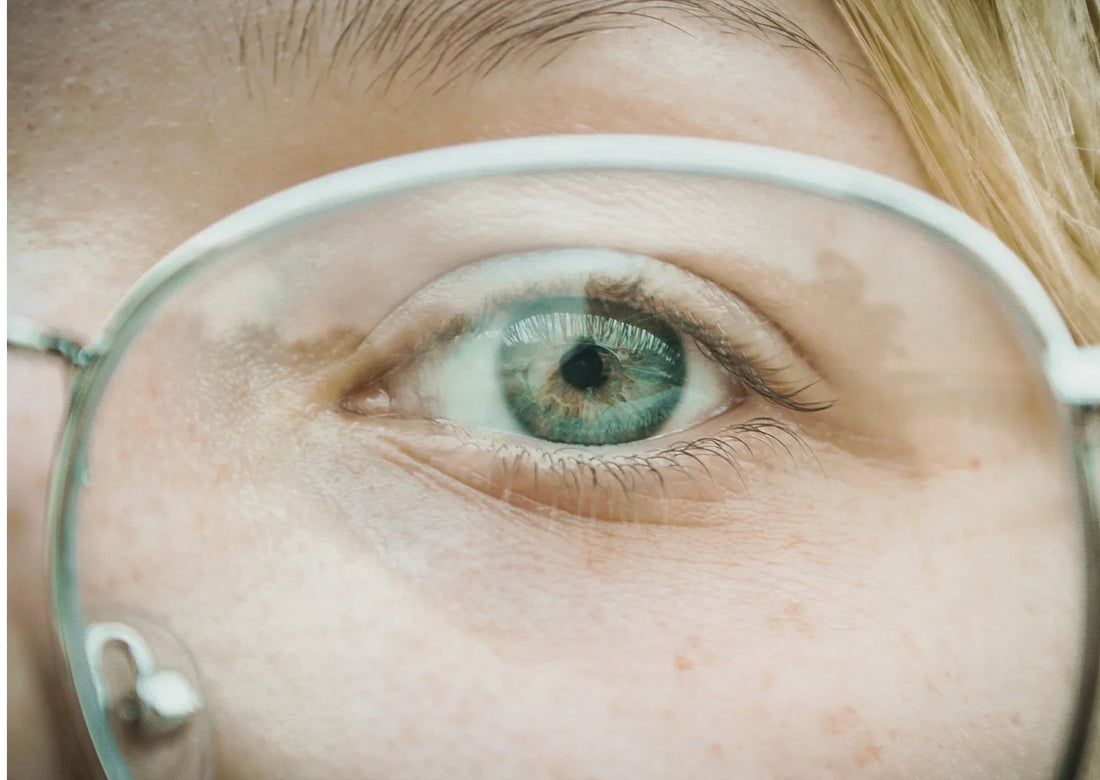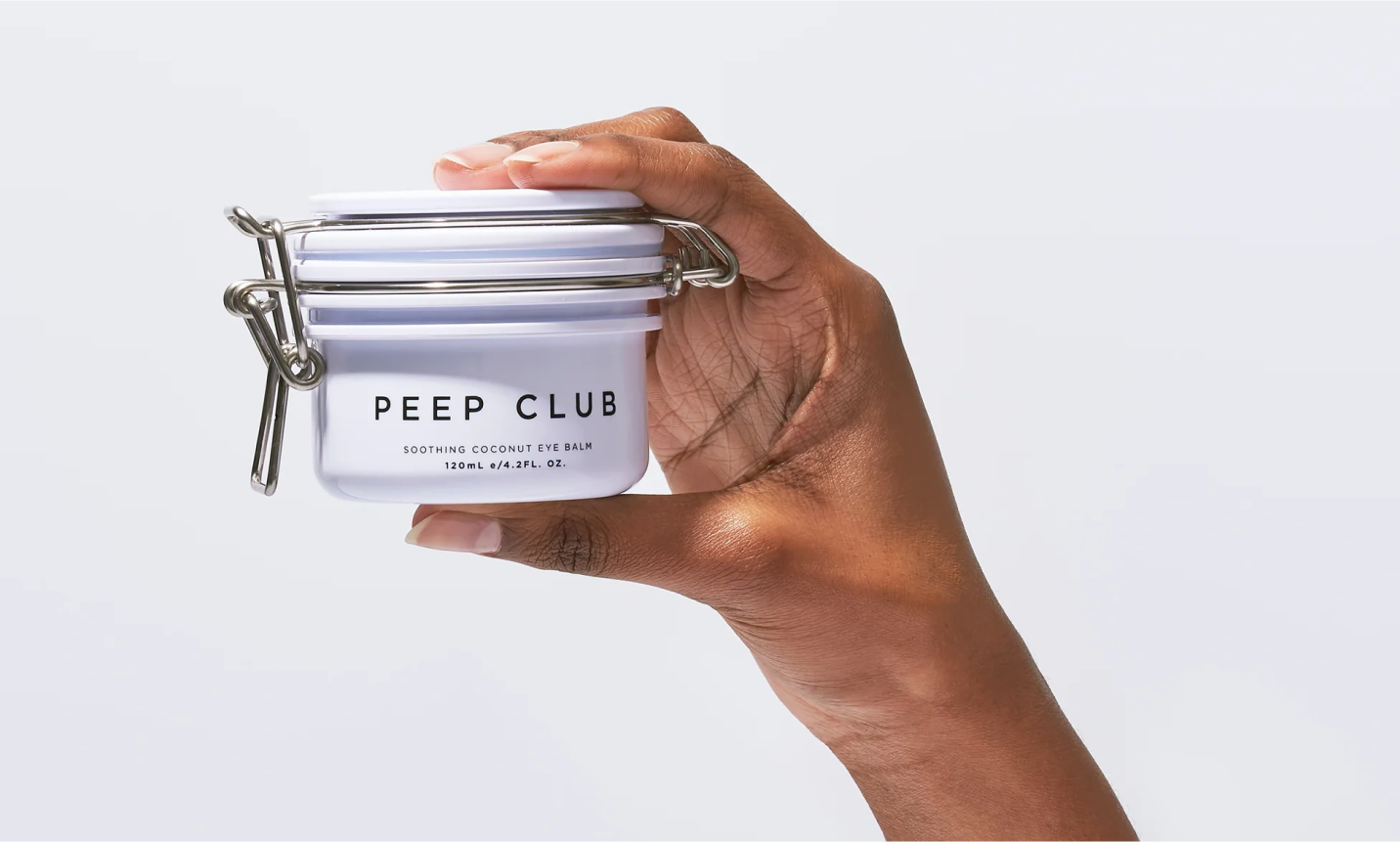
Debunking Eye Care Myths: What’s Really Good for Your Eyes?
When it comes to eye health, myths and misconceptions are everywhere—many of which can lead to unnecessary worry or even counterproductive habits. The good news? Caring for your eyes is simpler and more effective when based on real facts, not old wives’ tales. Here, we’ll debunk some of the most common eye care myths and share what really benefits your eyes.
Myth 1: Lighting Doesn’t Impact Eye Health
Many people underestimate the importance of proper lighting for eye health. Whether it’s reading in dim light or using screens in a dark room, poor lighting forces your eyes to work harder, leading to strain and discomfort. For instance, looking at a bright screen in a dark environment can cause your pupils to constantly adjust, leading to fatigue and even headaches over time. While these effects don’t cause permanent damage, they can make your eyes feel tired and uncomfortable (American Academy of Ophthalmology).
What’s Beneficial: Ensure balanced lighting for all activities. When reading, use a focused light that illuminates the material without causing glare. For screens, match the brightness of the screen to your environment, and avoid using devices in complete darkness to prevent strain. Small adjustments to your lighting can go a long way toward keeping your eyes comfortable.
Myth 2: Using Anti-Redness Drops Regularly Is Safe
Anti-redness drops may promise quick relief and eye whitening, but they are not suitable for regular use. These drops work by shrinking the blood vessels in your eyes, which can lead to rebound redness and irritation when overused. In fact, they can cause more harm than good if used frequently. If redness persists, it may indicate an underlying issue that requires professional attention (American Academy of Ophthalmology).
What’s Beneficial: Avoid using anti-redness drops altogether. If redness is a recurring problem, consult an expert to identify and treat the root cause.
Myth 3: Only People with Poor Vision Need Regular Eye Exams
Eye exams aren’t just for those with vision issues—regular check-ups are crucial for everyone. Annual exams can detect early signs of conditions like glaucoma and macular degeneration, which may not show symptoms early on (American Optometric Association).
What’s Beneficial: Regular eye exams help keep your eyes in top form and catch any potential issues early
Myth 4: Carrots Are the Best Food for Eye Health
Carrots are known for their high vitamin A content, which is essential for eye health. But they’re not the only, or even the best, food for healthy eyes. Leafy greens, fatty fish, and citrus fruits contain key nutrients like lutein, zeaxanthin, and omega-3s, which support various aspects of eye health (American Optometric Association).
What’s Beneficial: A balanced diet with plenty of veggies, fruits, and healthy fats supports eye health better than carrots alone.
Myth 5: Crossing Your Eyes Can Make Them Stay That Way
Don’t worry—crossing your eyes won’t make them “stick.” This myth likely came about to discourage kids from making faces, but there’s no truth to it. Crossing your eyes is harmless and won’t cause any lasting issues (American Academy of Ophthalmology).
What’s Beneficial: Intentional eye-crossing is safe, but if you notice involuntary eye movements, consult a professional.
Myth 6: Sunglasses Are Only for Sunny Days
UV rays can reach your eyes even on cloudy days, and long-term exposure can lead to conditions like cataracts. Sunglasses with UV protection are essential, no matter the weather (American Academy of Ophthalmology).
What’s Beneficial: Wear UV-rated sunglasses every time you’re outdoors, rain or shine, to protect your eyes from harmful rays.
Real Care for Your Eyes
Understanding what truly benefits your eyes—versus what’s just a myth—helps you make choices that support lasting comfort and wellness. By focusing on real, evidence-based practices, you’re investing in brighter, happier eyes every day.

